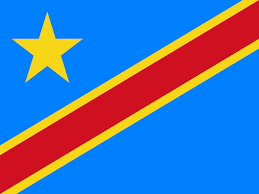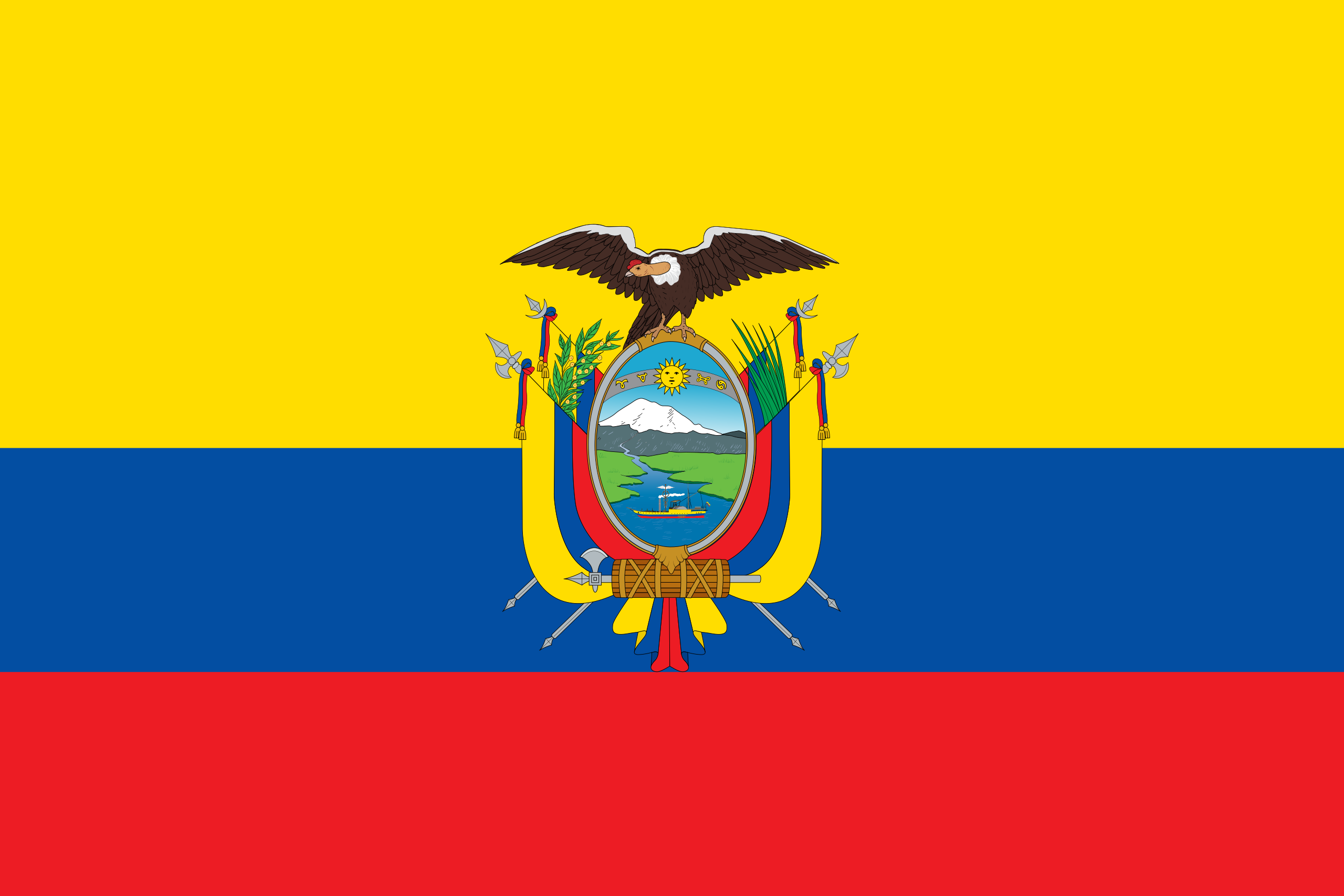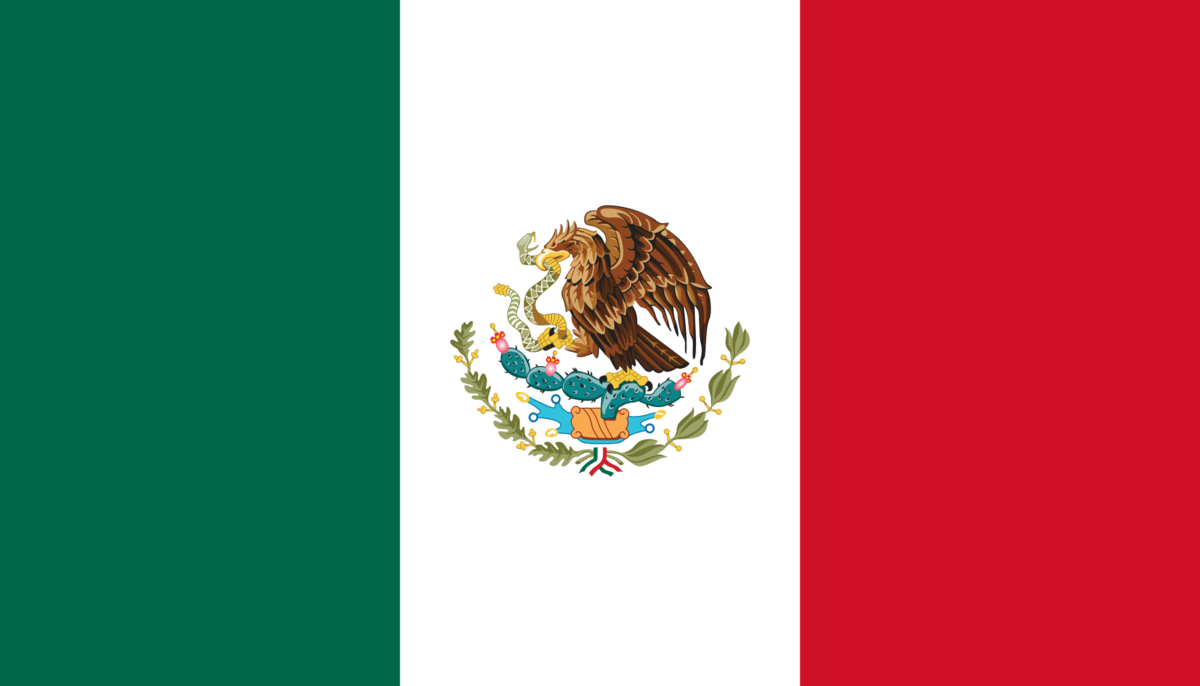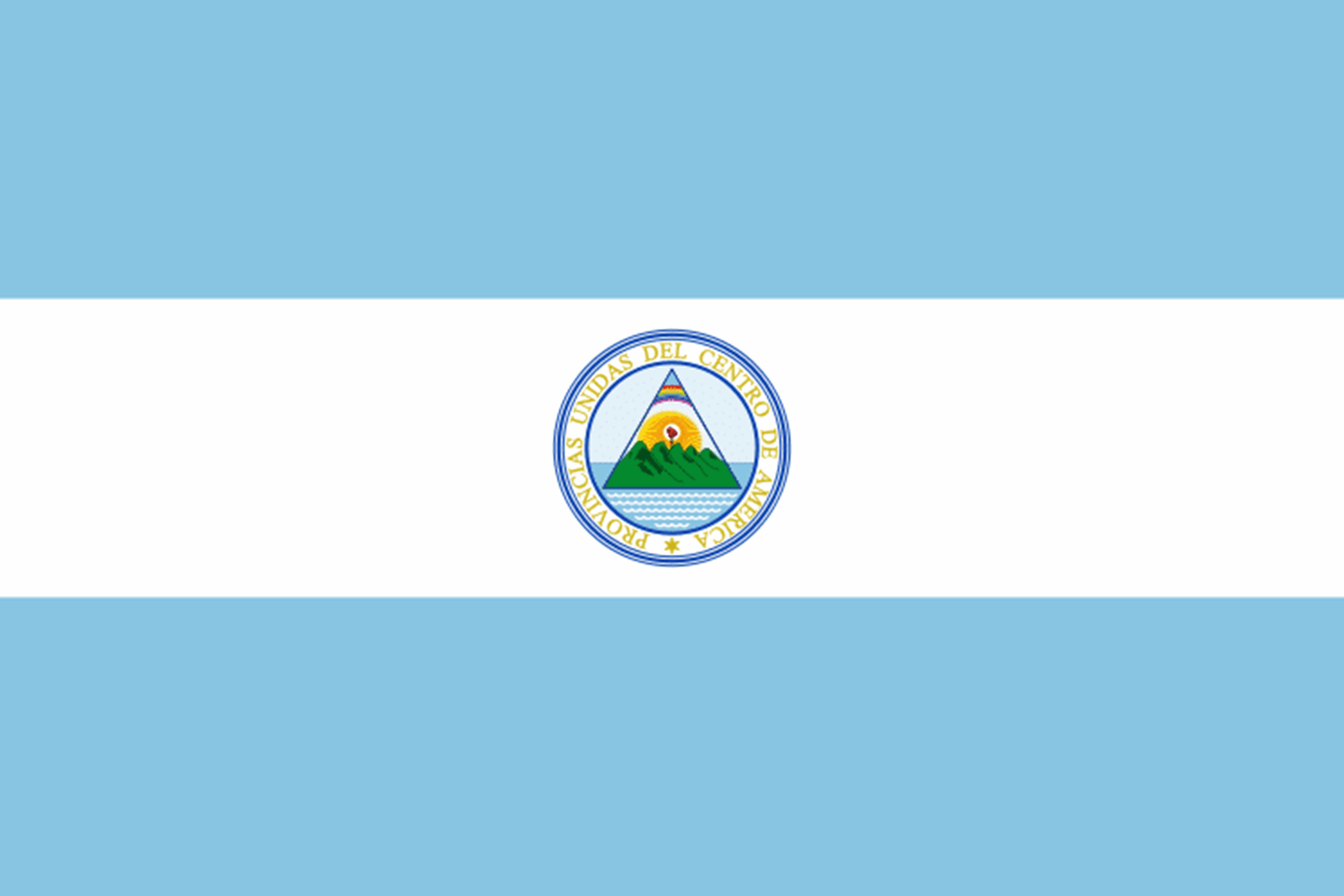Democratic Republic of Congo (DRC) is one of Africa’s richest countries in terms of natural resources. Yet it is one of the continent’s poorest.
The Democratic Republic of Congo (DRC) is one of Africa’s richest countries in terms of natural resources. However, a significant portion of the country’s population lives in poverty. Early colonial rule was exploitative and punishing – one of the harshest in Africa – and was focused almost entirely on the extraction of the country’s wealth. This history has left a legacy that the DRC has yet to shake. Colonists were drawn to the DRC for the plentiful rubber and rich gold deposits. Their stay left a trail of tragedy, social upheaval, and a poor road map for the future. With unstable political infrastructure, the country desperately needed support from within. Coffee was a potential solution and provided the people with a way out of poverty.
View Coffees-
Place In World For Coffee Exporter24th
-
Sacks (60kg) exported annually205,000
-
Percentage of world coffee marketLess than 1%
-
Other major agricultural exportsSugar & Tobacco, but primarily minerals & ore
-
Typical varieties producedBourbon Variants
-
Key coffee regionsLake Kivu Provinces
-
Typical harvest timesApril - July
-
Typically availableFrom July








